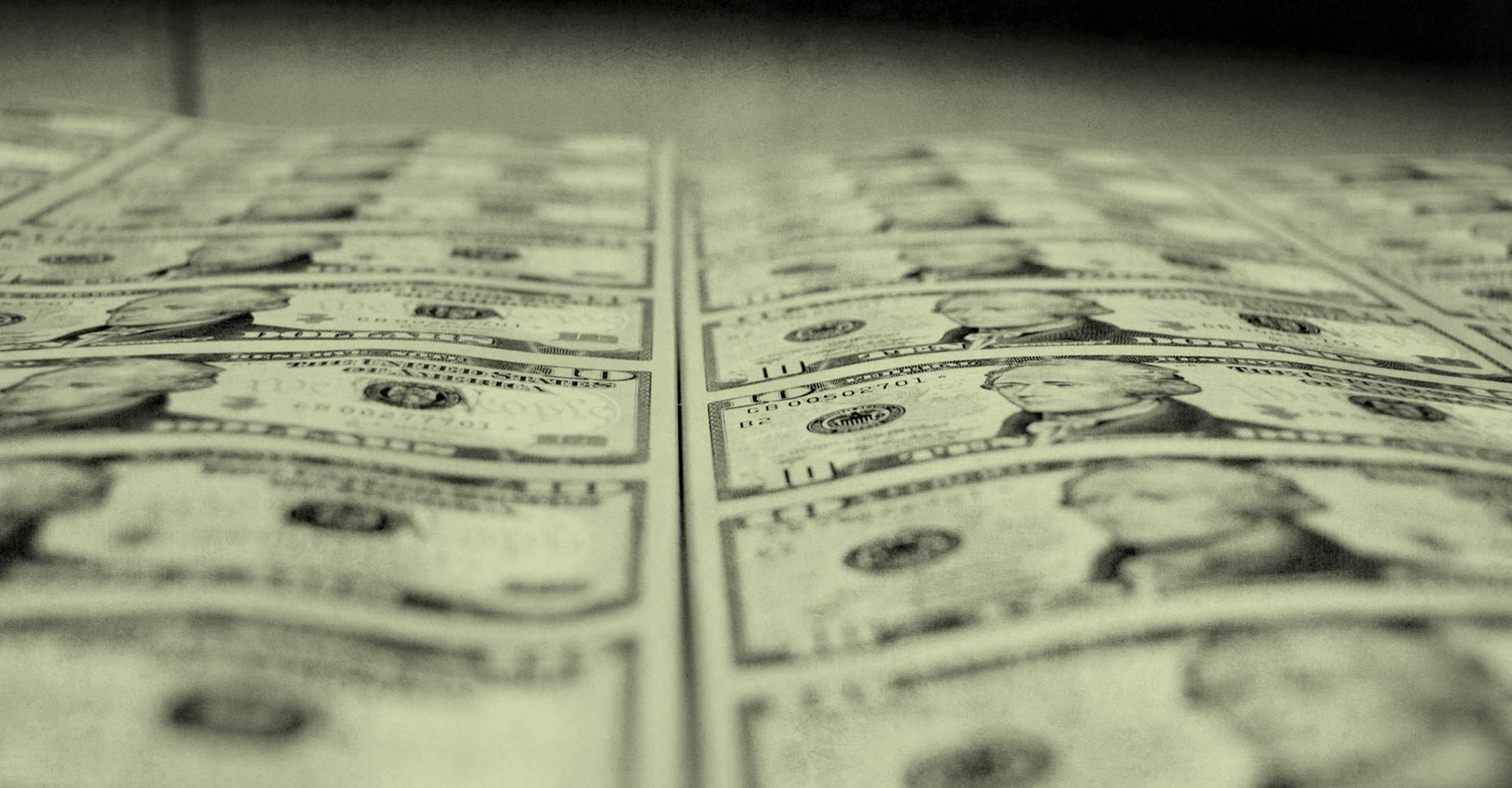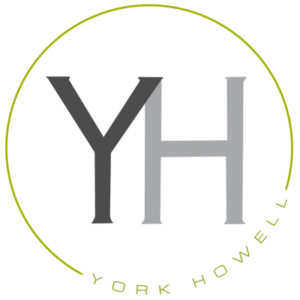COVID-19 UPDATE
Forgivable Loans Under the Paycheck Protection Program
As part of our continuing effort to keep you updated regarding the changing legal landscape brought about by COVID-19, we at York Howell & Guymon are providing this important update concerning the recently passed Coronavirus Aid, Relief and Economic Security Act (the “CARES Act”).
The CARES Act, dubbed “Phase III” of the U.S. Congress’ efforts to address the impacts of COVID-19, was signed into law by President Trump on March 27, 2020. It contains several important features providing relief to business owners adversely impacted by the outbreak. Of greatest interest to many small business owners is the “Paycheck Protection Program” which provides eligible businesses with business interruption loans (“PPP Loans”) that are forgivable provided that certain requirements are met. The critical features of the program are as follows:
The CARES Act expands the availability of, and eligibility for, loans made through the U.S. Small Business Administration (the “SBA”). This expansion of the SBA lending reach is facilitated by provisions of the CARES Act which commits an additional $349 billion to the SBA 7(a) loan program, as modified by the CARES Act. The “Covered Period” for the Paycheck Protection Program facilitating the PPP Loans begins February 15, 2020 and ends on June 30, 2020.
ELIGIBILITY. To be eligible for a PPP loan during the Covered Period, the applicant must be a going business concern (including sole proprietorship and self-employed), a nonprofit organization, a tribal business, or veteran’s organization meeting either of the following requirements:
(a) the applicant has: (i) fewer than 500 full-time, part-time or other employees (subject to certain exceptions for hospitality and franchise businesses), or (ii) 500 or more employees and meeting the SBA’s industry-based size standard for the number of employees or annual receipts associated with the NAICS code applicable to applicant; and
(b) has been “substantially affected by COVID-19” meaning the applicant has experienced supply chain disruptions, had staffing challenges, suffered a decrease in sales or customers, or has been forced to close.
ALLOWABLE USE. The funds received from a PPP Loan may be only be used for the following purposes (the “Allowable Use”): (a) payroll costs, (b) employee salaries, commissions, or similar compensations (up to $100,000 annual salary), (c) costs of paid sick, medical or family leave and costs/premiums related to continuation of group health care and retirement benefits during periods of such leave, and insurance premiums, (d) mortgage interest payments (but not payment of the principal on a mortgage), (e) rent, (f) utilities, (g) interest on any other debt obligations that were incurred before the Covered Period, and (h) refinancing of an Existing Injury Disaster Loan.
LOAN TERMS. The maximum amount that can be borrowed under a PPP Loan is the lesser of (a) $10 Million, or (b) 2.5x the applicant’s average monthly payroll cost calculated over the one-year period before the loan is made. Any portion of the principal amount of a PPP Loan that has not been otherwise forgiven (as described below) is required to have a maturity date that is no greater than 10 years following the date on which the applicant applies for forgiveness of the loan. The interest rates applicable to such loan cannot exceed 4.0%. The PPP Loans are non-recourse and do not require a personal guarantee (unless they have been used for purposes other than the described Allowable Use).
LOAN FORGIVENESS. Upon application by an eligible borrower, the principle balance of a PPP Loan will be reduced by an amount equal to the total costs incurred and payments made during the 8-week period beginning on the date a PPP Loan is funded (the “Forgiveness Period”) for: (1) payroll, (2) mortgage interest, (3) rent and (4) utilities. If an applicant reduces employee salary or wages or terminates employees during the Forgiveness Period and does not make up the wage reductions or rehires terminated employees by June 30, 2020, the amount that is eligible for loan forgiveness is subject to reduction. To obtain forgiveness of a PPP Loan, an applicant will have to submit documentation substantiating that the PPP Loan was put to an “Allowable Use”. This will include IRS payroll tax filings; state income, payroll and unemployment insurance filings; financial statements verifying payment of qualifying debt obligations; and other documentation. Any remaining principal balance that is not eligible for forgiveness will be amortized over a period of up to 10 years and the first payment will be deferred for 12 months.
LENDERS. Lenders who are authorized to make SBA 7(a) loans are already permitted to make PPP Loans, and the SBA is extending eligibility to participate in the program to other qualified lenders not currently making SBA loans. Lenders have authority to determine eligibility for PPP Loans without the requirement for SBA review, thereby streamlining the process. The PPP Loans are 100% guaranteed by the SBA and Lenders are subject to limitations on the fees they may charge in connection with making a PPP Loan (the SBA will not charge any fees).
As you can imagine, there are a number of details concerning the CARES Act and the PPP Loans that are beyond the scope of this update. Additionally, because the CARES Act is new and still being evaluated and interpreted by regulators, lenders, attorneys and industry professionals, the foregoing information may be subject to further refinement.
The foregoing update is provided for information purposes only and does not constitute legal advice and is not intended to form an attorney client relationship. For additional information about the CARES Act, assistance with the PPP Loan program, or any other legal questions you may have during this period of uncertainty, please contact the business services attorneys at York Howell & Guymon.



